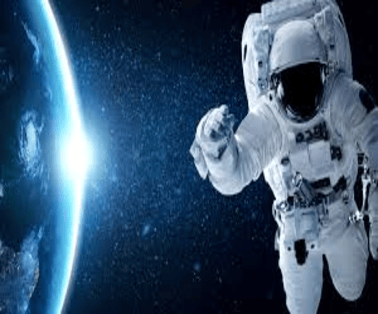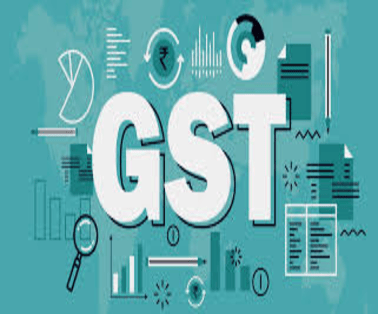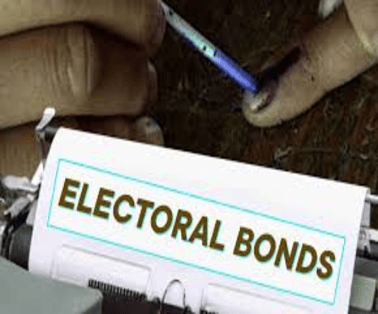India-born aviator and commercial pilot Gopi Thotakura has become the first Indian space tourist, joining five others on a short recreational journey beyond Earth. His flight marks another milestone in the growing global industry of space tourism.
Key Points
- Thotakura, who is based in the United States, is the first space tourist from India but about 50 others have made such trips, most of them in the last three years.
- Thotakura flew aboard a spacecraft of Blue Origin, one of the few private space companies offering a joy ride to people wanting to venture into space.
- The whole journey, from take off to landing lasted only about ten minutes, during which the spacecraft attained a maximum height of about 105 km from the Earth.
- The passengers got to experience weightlessness for a few minutes and observe the Earth from a height.
What is Space Tourism?
- Space tourism is a niche segment of the aviation industry that seeks to give tourists an experience of space travel for recreational, leisure, or business purposes.
- Space travel begins at about 100 km altitude from Earth, after crossing the so-called Karman line, which is widely accepted as the boundary line separating the Earth’s atmosphere from outer space.
- Anything flying below this altitude is called an aircraft while those crossing this line get classified as a spacecraft.
Types of Space Tourism
- There are two main types: sub-orbital and orbital.
- Sub-orbital: Takes passengers just beyond the Kármán line, allowing them to spend a few minutes in outer space before returning to Earth.
- Orbital: Takes passengers much further into space, where they can spend days to weeks in orbit around the Earth.
Growth of the Space Tourism Industry
- Thotakura’s journey was what is called a sub-orbital space flight. The spacecraft did not get into an orbit around the Earth.
- It crossed the Karman line, stayed there for some time, and then descended back to Earth. Most space tourism flights on offer are of this nature only
- But longer joy rides in space are also available. Space tourists have orbited around the Earth, and even spent a few days on the International Space Station (ISS)
- In fact, the first space tourist, Dennis Tito, an American who paid to travel on a Russian Soyuz spacecraft in 2001, spent over seven days on the ISS.
- Between 2001 and 2009, the Russians took seven tourists to the space station, and one of them, Charles Simonyi, travelled twice.
Leading Players in Space Tourism
- Three of the leading players in private space tourism — Virgin Galactic, Blue Origin, and SpaceX — executed their first missions in 2021.
- Within 10 days of each other in July of that year, Virgin Galactic and Blue Origin launched their respective bosses — Richard Branson and Jeff Bezos — into space.
- Both these flights were suborbital missions, lasting a few minutes just above the boundary line of space
- While the industry is still in its infancy, it is rapidly growing as the demand for space travel is growing, and it is expected to continue to expand at an annual growth rate of 40.2% from 2023 to 2030.
- In 2022, the global space tourism market was valued at USD 695.1 million, and it is projected to reach USD 8,669.2 million by 2030.
- The sub-orbital segment dominated the market in 2022, accounting for 49.3% of the overall market share.
- The orbital segment, on the other hand, is expected to witness the fastest growth of 41.0% throughout the forecast period.
Benefits of Space Tourism
- Space tourism stimulates commercial activity, especially beneficial during economic downturns.
- The industry creates employment opportunities, particularly in spacecraft manufacturing and related sectors.
- Renewed interest in space exploration attracts investors, fostering innovation and technological advancements.
- Advances in space technology have applications beyond space missions, benefiting various industries.
Challenges Facing Space Tourism
- Space tourism remains prohibitively expensive, with passengers typically required to pay over a million dollars for a trip to outer space, making it inaccessible to the majority of individuals.
- Studies have highlighted the potential environmental damage caused by space tourism, as rocket launches emit gaseous and solid chemicals directly into the upper atmosphere.
- Despite stringent safety standards, safety remains a concern in space tourism.
- Every launch of a spacecraft generates debris that can stay in orbit for many years, and as the number of space launches increases, the amount of debris grows.
- This debris can cause problems for other spacecraft, and even small debris can cause damage.
- Space travel requires a vast amount of resources, including energy, fuel, and materials.
- The depletion of these resources could have long-term consequences and could negatively impact the environment and the availability of resources for future generations.
Understanding the Karman Line
- The Karman line is the internationally recognised boundary of space.
- The line is named after Theodore von Kármán (1881–1963), a Hungarian American engineer and physicist, who was active primarily in aeronautics and astronautics.
- He was the first person to calculate the altitude at which the atmosphere becomes too thin to support aeronautical flight and arrived at 83.6 km himself.
- The Fédération Aéronautique Internationale (FAI) defines Karman Line as the altitude of 100 kilometres above Earth’s mean sea level.
- However, other organisations do not use this definition. There is no international law defining the edge of space, and therefore the limit of national airspace.
Conclusion
With pioneers like Gopi Thotakura, space tourism is no longer a distant dream but a growing reality. As costs reduce and technologies advance, space tourism in India and globally is set to redefine the future of travel and exploration. While challenges remain, the enthusiasm and investment pouring into the sector signal a new era in human adventure and innovation.
To Download Monthly Current Affairs PDF Click here
Click here to get a free demo
Discover all about CLAT Exam



